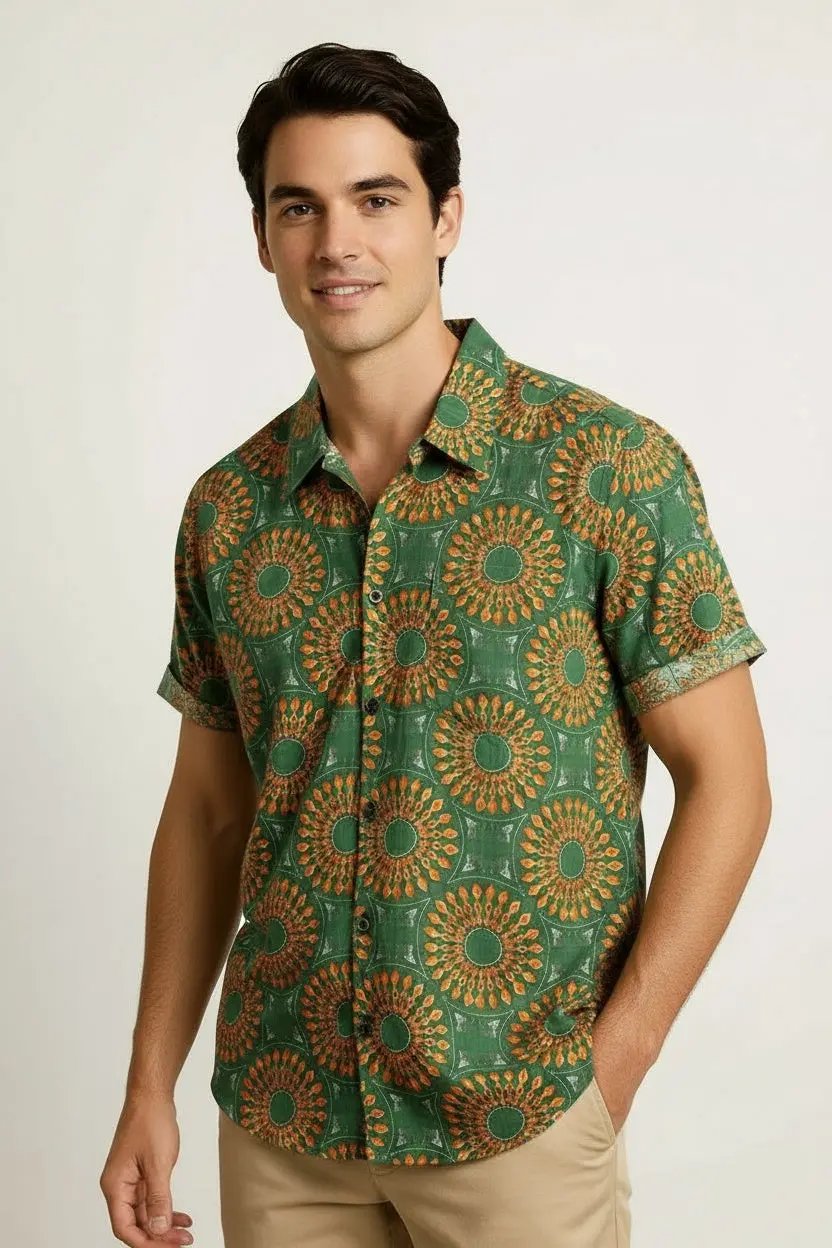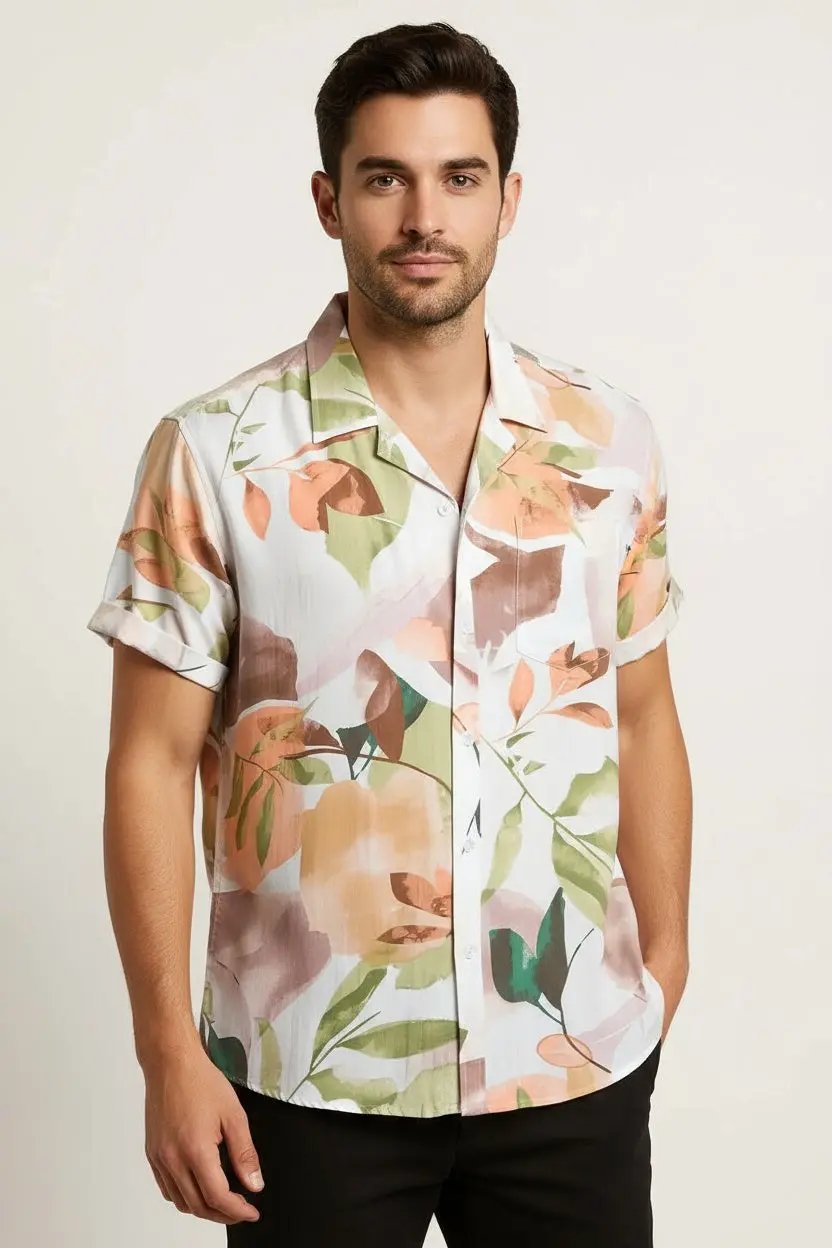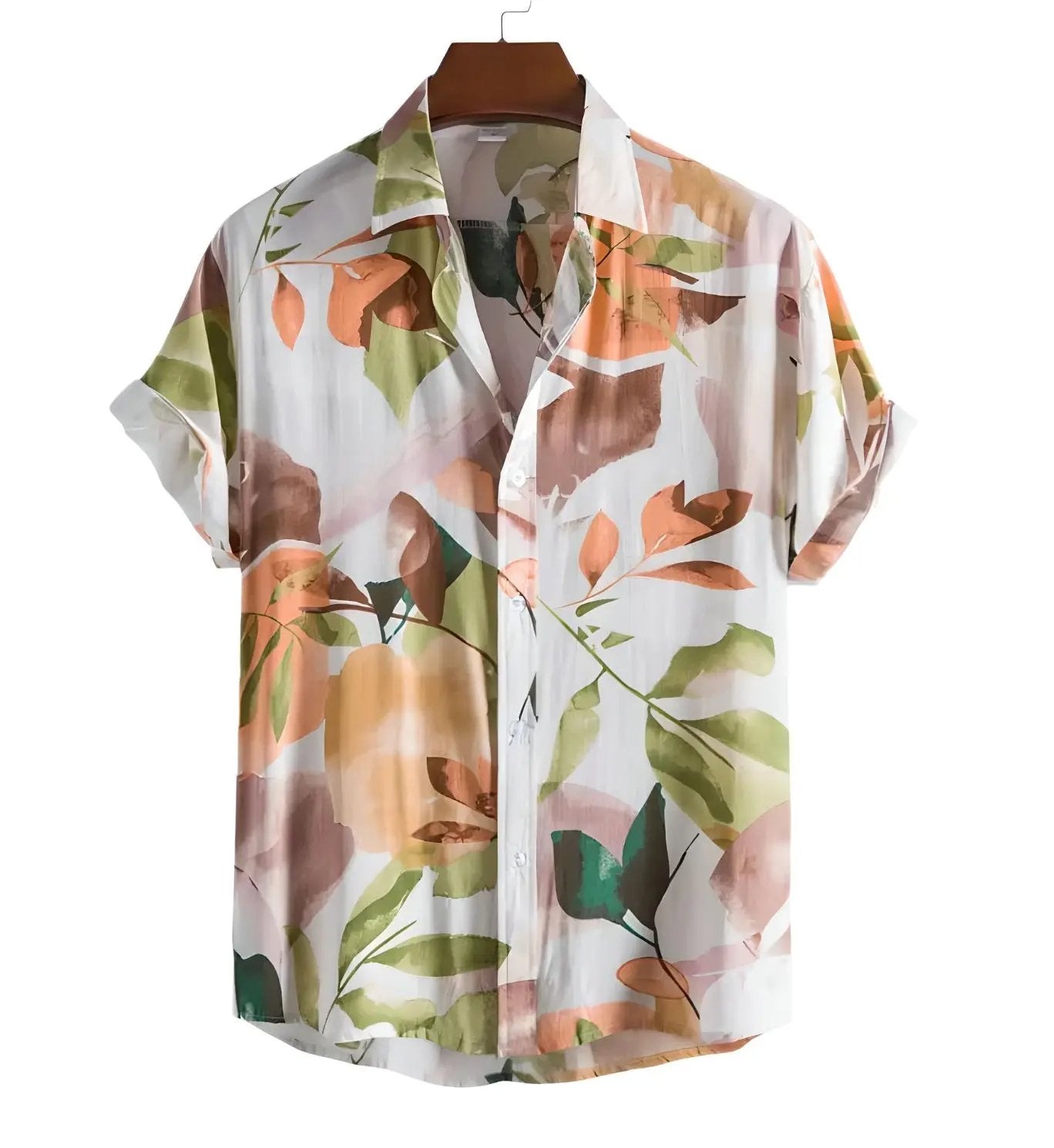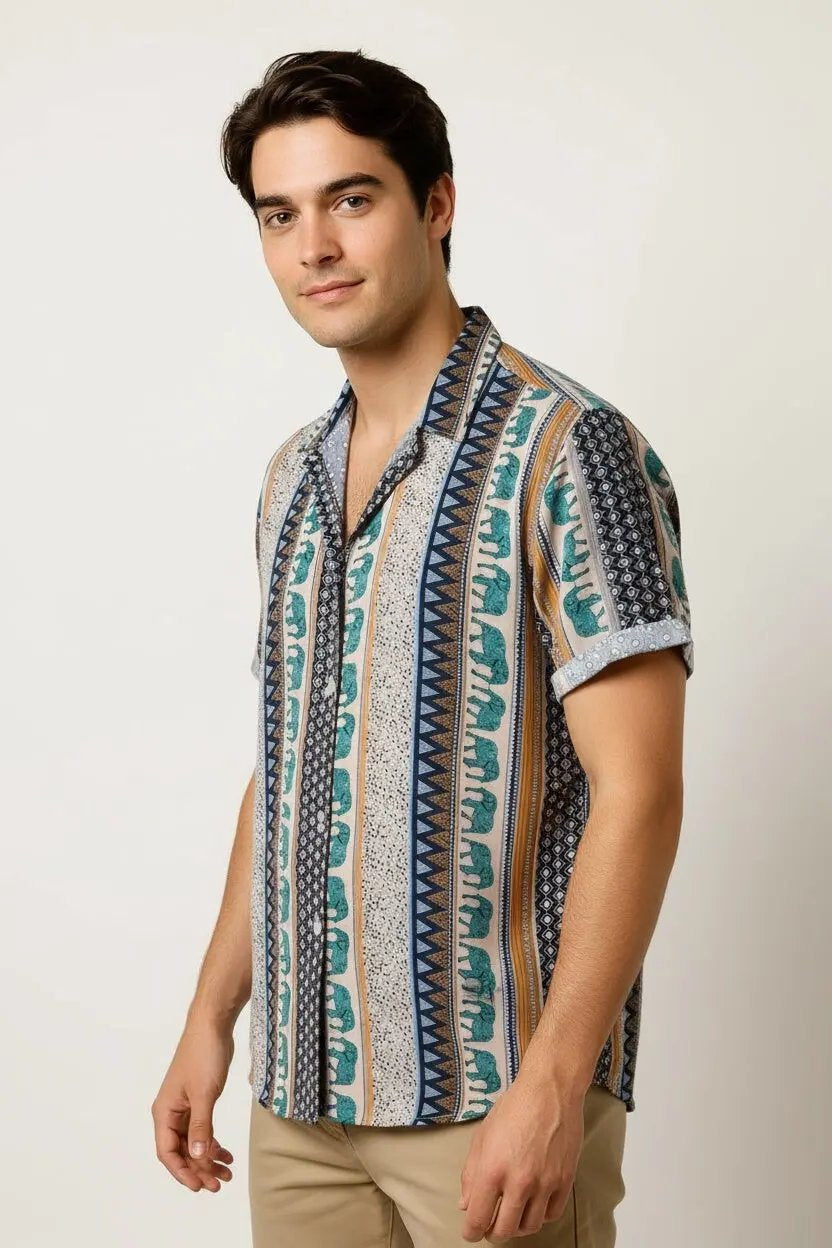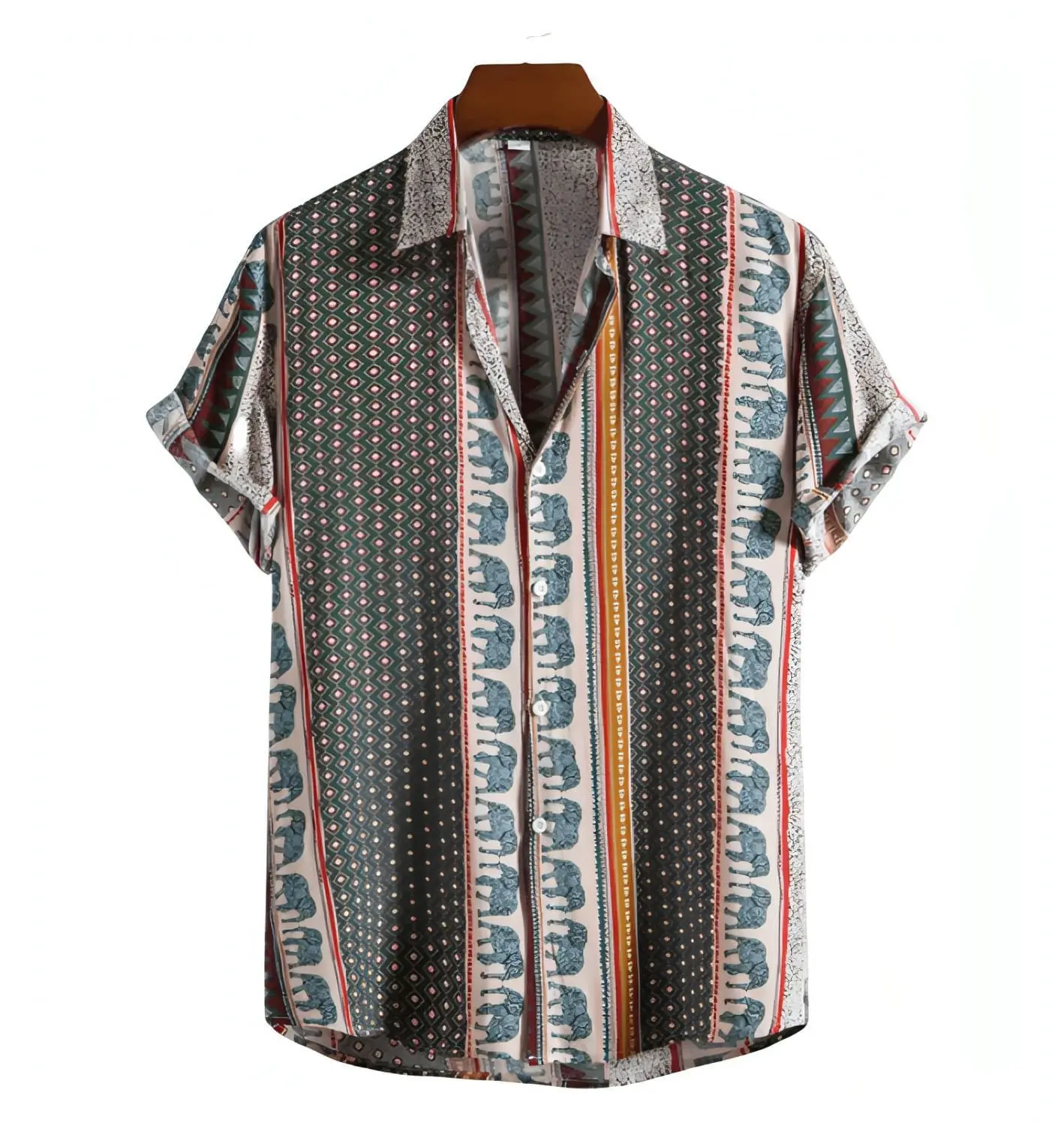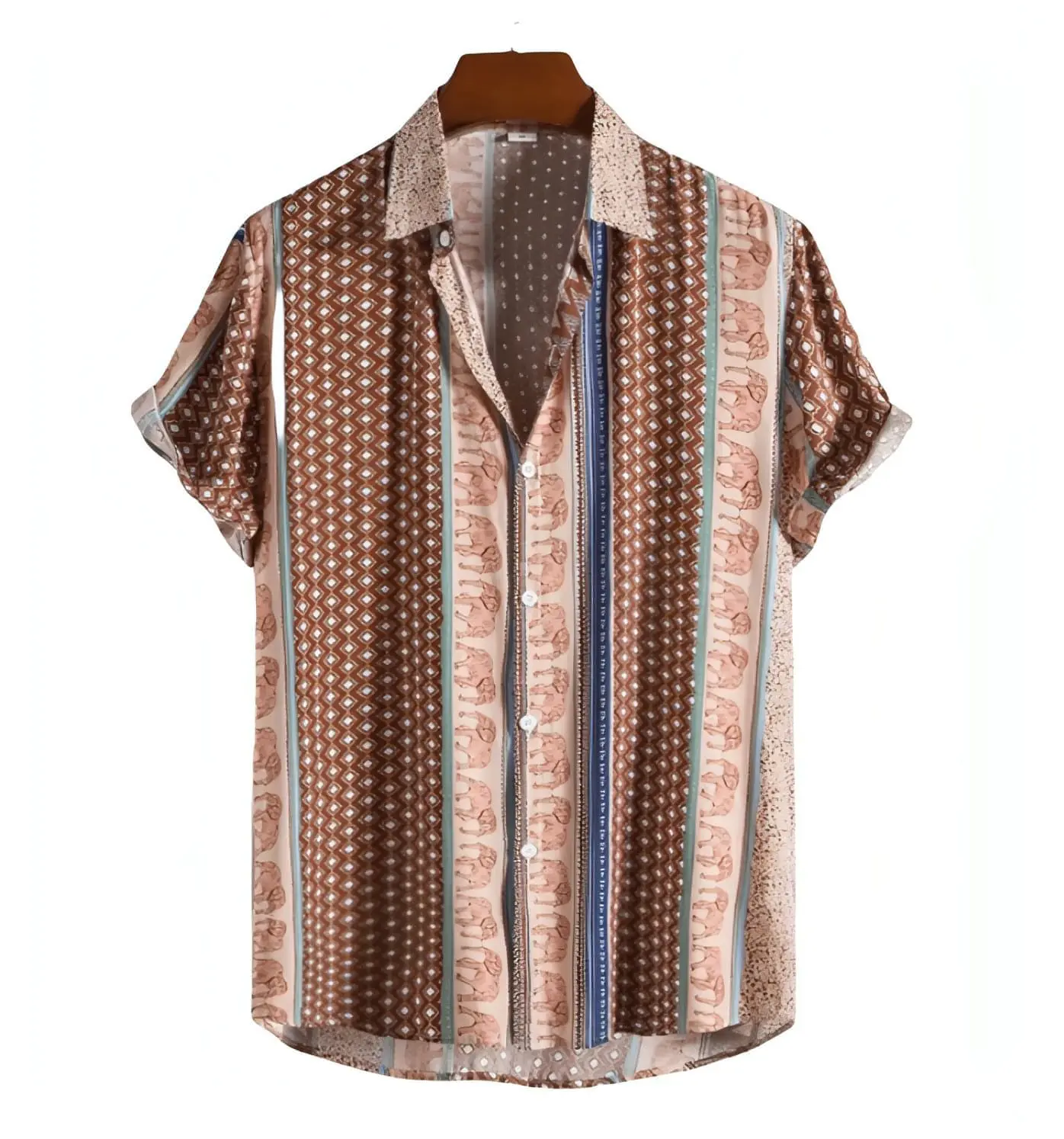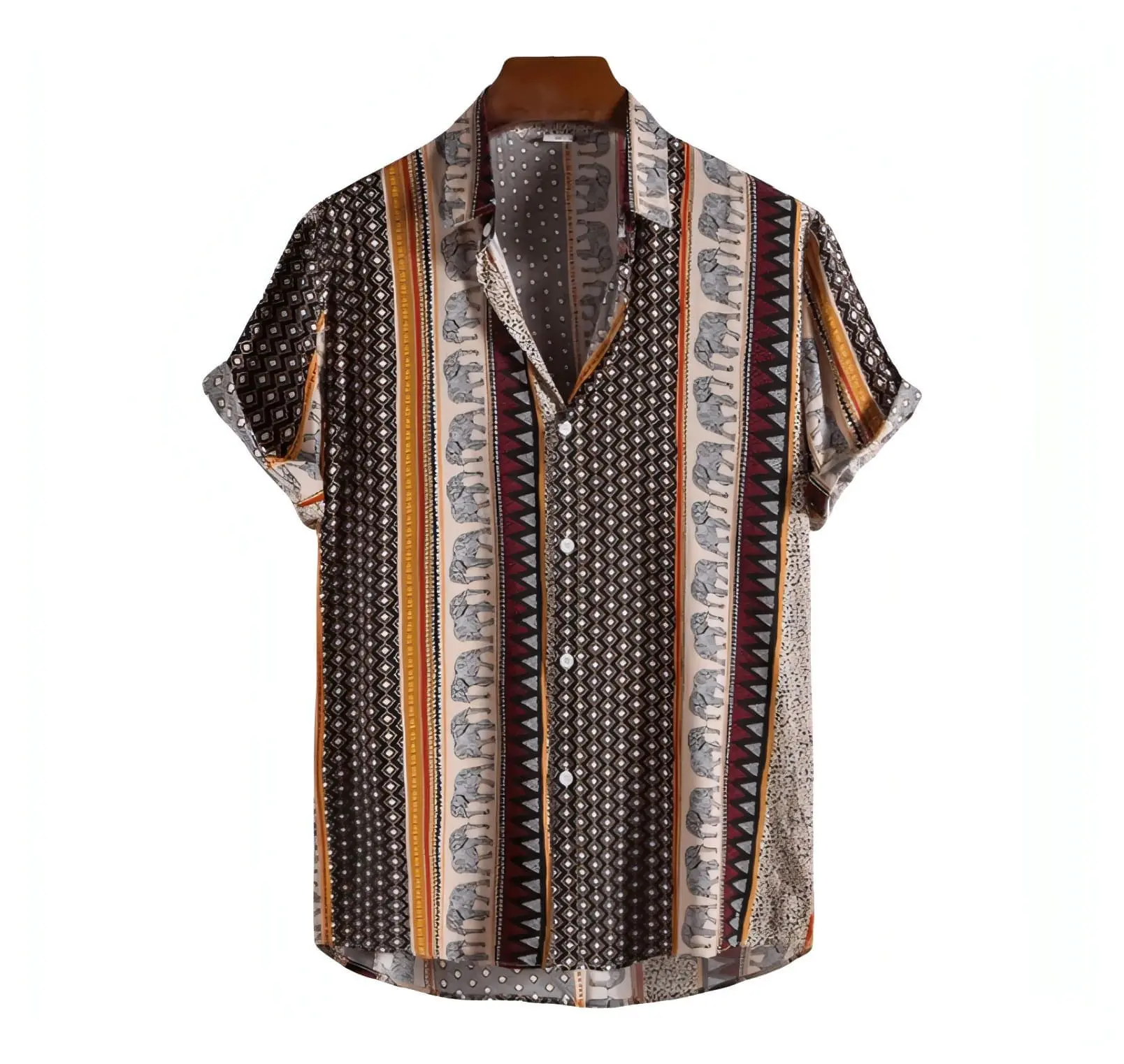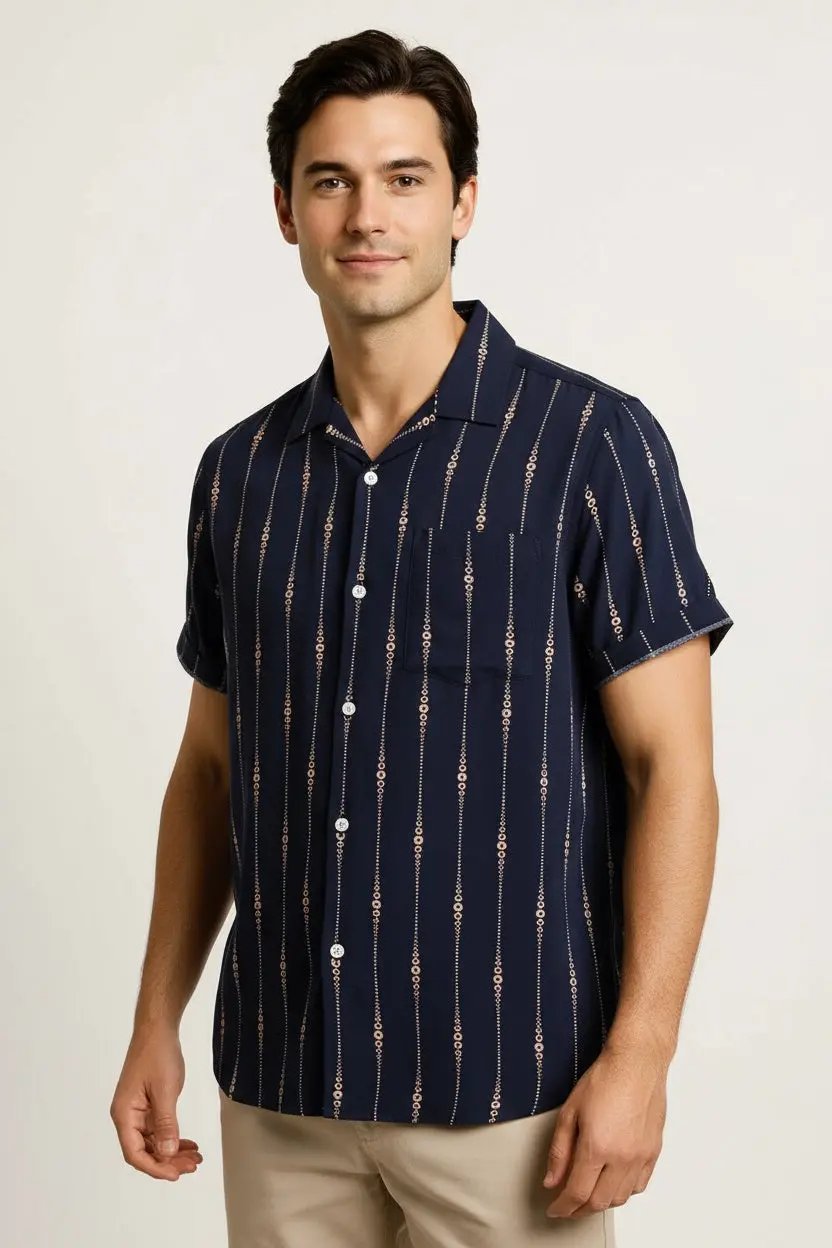Frequently Asked Questions
1. What is the history of Hawaiian shirts?
2. How did Asian cultures influence Hawaiian shirts?
3. What role did popular culture play in the popularity of Hawaiian shirts?
4. How have Hawaiian shirts evolved over time?
5. What is the current status of Hawaiian shirts in fashion?
The Hawaiian shirt, often depicted in vibrant colors and whimsical patterns, has a fascinating history that intertwines culture, workwear, and fashion. From its early beginnings as a simple garment to its current status as a beloved staple in wardrobes around the world, the story of Hawaiian shirts encapsulates the spirit of creativity and freedom. In this article, we will explore the evolution of Hawaiian shirts, highlighting how they transitioned from workwear to a must-have fashion item, and how brands like Dan Flashes products contribute to their enduring appeal.
The Origins of Hawaiian Shirts
The story of Hawaiian shirts can be traced back to the early 1930s in Hawaii, where local designers began creating shirts that reflected the island's vibrant culture. These garments were primarily made from lightweight fabrics, making them perfect for the tropical climate. The initial garment designs incorporated traditional Hawaiian motifs such as palm trees, flowers, and waves, representing the beauty of the islands and their natural surroundings.
The Influence of Asian Cultures
The rise of the Hawaiian shirt was not solely influenced by native Hawaiian culture. Asian immigrants, particularly from Japan, played a significant role in shaping this garment. Japanese kimono fabrics were used to create these shirts, giving designers a variety of textures and colors. As a result, the fusion of Hawaiian and Asian designs led to the creation of unique styles that captured the essence of the islands while appealing to a broader audience.
The 1940s: The Birth of a Fashion Icon
Hawaiian shirts began to gain popularity during the 1940s, particularly after World War II. Soldiers returning from the Pacific Islands brought these colorful shirts back to the mainland. To many, they represented a sense of adventure and the laid-back lifestyle of Hawaii. By the late 1940s, Hawaiian shirts were being marketed to a wider demographic, marking the transition from a regional garment to a national fashion statement.
The Post-War Boom
Following the war, the American economy surged, and leisurewear became more sought after. With people eager to escape their daily routines, Hawaiian shirts offered a sense of freedom and relaxation. Designers and brands quickly recognized this trend, introducing Hawaiian shirts in upscale retail outlets. This commercial shift helped solidify the shirt's status as a fashion staple, which many enthusiasts, including those interested in Dan Flashes products, appreciate today.
The 1950s–1960s: A Cultural Phenomenon
As the Hawaiian shirt gained traction in the fashion world, it started to permeate pop culture. The shirts became symbolic of the carefree lifestyle associated with Hawaii, and celebrities endorsed them through film and television. Iconic films set in Hawaii, such as "Blue Hawaii" featuring Elvis Presley, showcased Hawaiian shirts, further embedding them in the cultural zeitgeist.

Hawaiian Shirts in Music and Popular Culture
Musicians and entertainers embraced the Hawaiian shirt, donning them in performances and public appearances. This adaptability made the shirt a fashionable choice for parties, beach outings, and casual gatherings. As a result, the Hawaiian shirt became synonymous with fun and good times, making it a wardrobe essential for many. Today, Hawaiian shirts continue to thrive in popular culture, making appearances at festivals and vacation spots.
The Evolution Continues: The 1970s to Present
As the decades progressed, Hawaiian shirts continued to evolve. The 1970s saw a surge in experimentation with patterns and colors, with designers pushing the boundaries of traditional designs. The introduction of polyester fabric allowed for more vibrant colors and easier maintenance, making Hawaiian shirts even more accessible.
The Revival of Vintage Styles
In the 1980s and 1990s, a retro trend emerged, bringing back vintage designs and styles from the past. Fashion aficionados began to seek out classic Hawaiian shirts, leading to a revival of interest in the original designs and patterns. This prompted many brands to reissue vintage-inspired designs, merging nostalgia with contemporary fashion sensibilities.
Hawaiian Shirts in the 21st Century
Today, Hawaiian shirts have solidified their place in global fashion. No longer confined to beach parties or casual outings, they are now embraced by various demographics and incorporated into diverse fashion styles. The adaptability of Hawaiian shirts has allowed them to be styled in countless ways, from casual summer outings to more polished looks suitable for semi-formal events.
Contemporary Influences
The rise of social media platforms has contributed significantly to the Hawaiian shirt's ongoing popularity. Influencers and fashion bloggers frequently showcase these shirts, displaying their versatility and unique flair. Additionally, brands like Dan Flashes products offer trendy takes on traditional designs, incorporating modern aesthetics while honoring the shirt's rich heritage.
Conclusion: A Timeless Fashion Statement
The journey of Hawaiian shirts from humble workwear to a fashionable staple is a remarkable testament to the power of cultural evolution. Their vibrant colors and unique patterns continue to resonate with diverse audiences across the globe. As you explore your personal style, consider adding a Hawaiian shirt to your wardrobe to celebrate both history and fashion. With options available from brands like Dan Flashes products, you can find the perfect Hawaiian shirt to express your individuality while honoring its rich legacy. So, why not take a step towards embracing your inner free spirit and dive into this colorful world?




